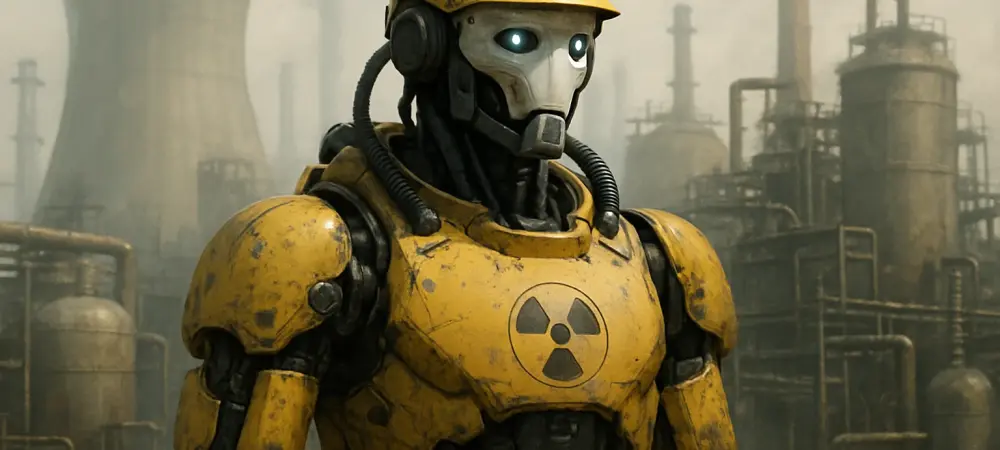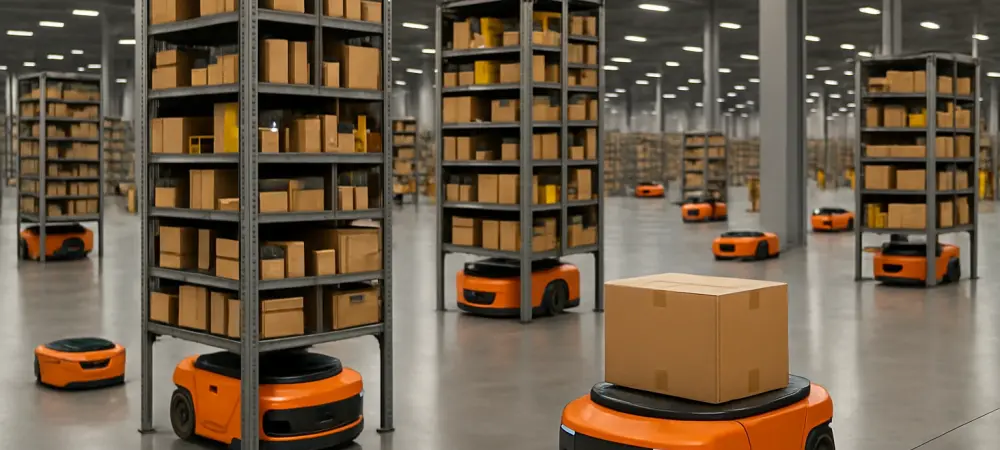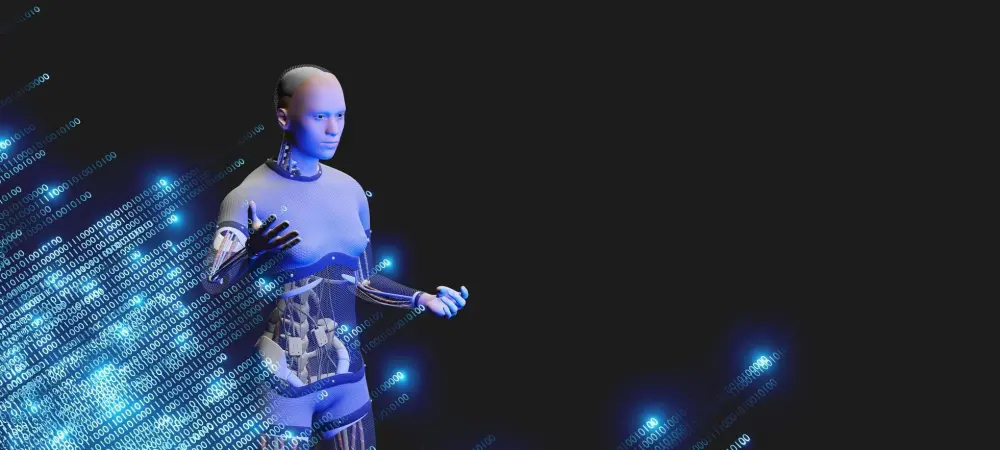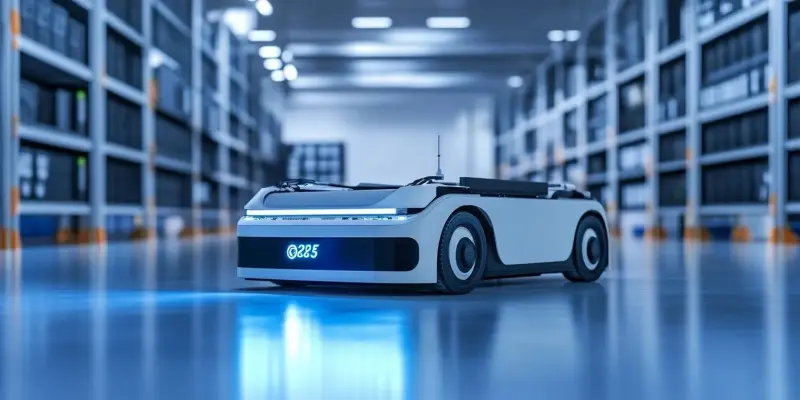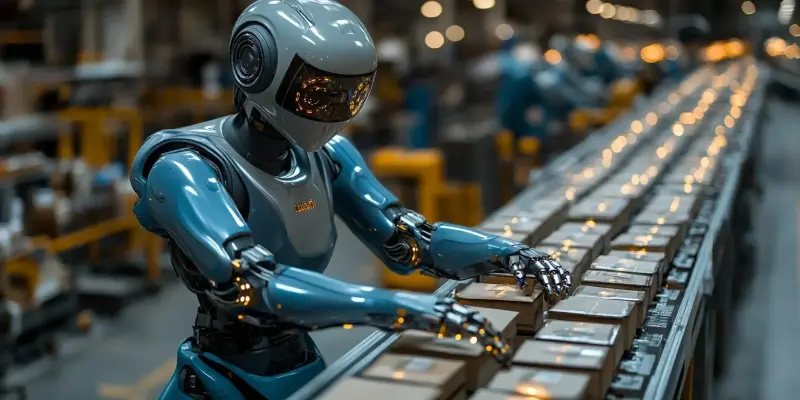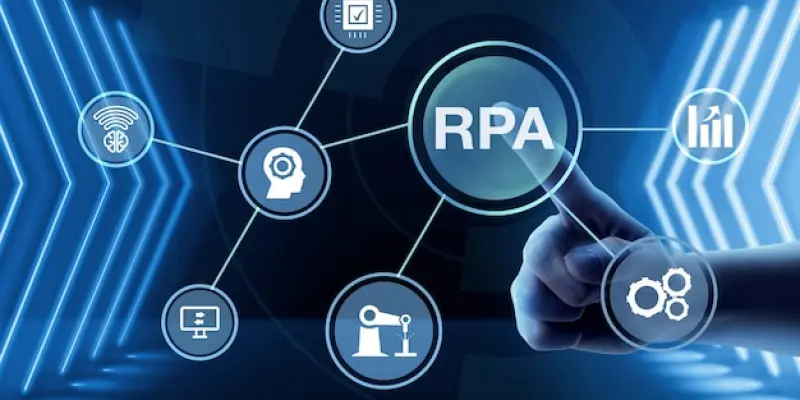Robotic Process Automation In IT
- Robotic Process Automation In IT
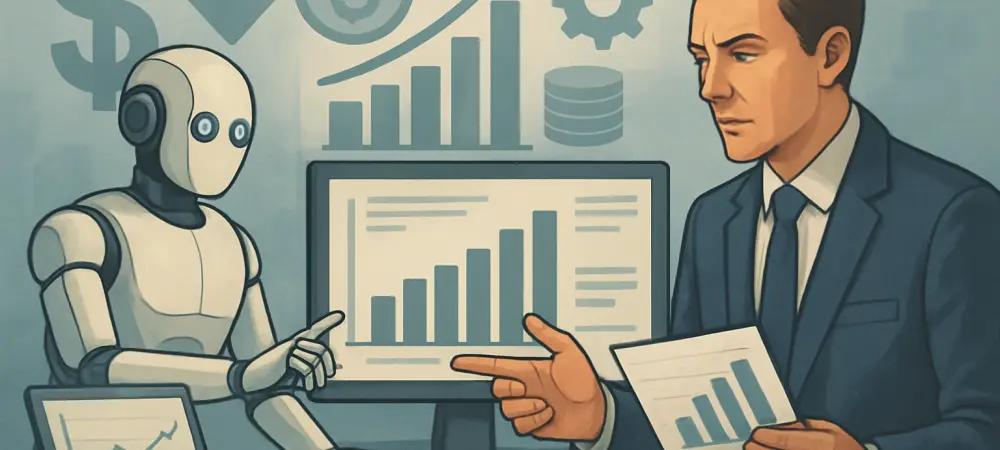
In today’s competitive business landscape, companies are constantly seeking innovative solutions to reduce operational expenses while maintaining high productivity levels, and many face challenges like escalating costs due to manual data entry errors and slow processing times. Consider a scenario
- Robotic Process Automation In IT

In today’s competitive business landscape, companies are constantly seeking innovative solutions to reduce operational expenses while maintaining high productivity levels, and many face challenges like escalating costs due to manual data entry errors and slow processing times. Consider a scenario
Popular Stories
- Robotic Process Automation In IT

- Robotic Process Automation In IT
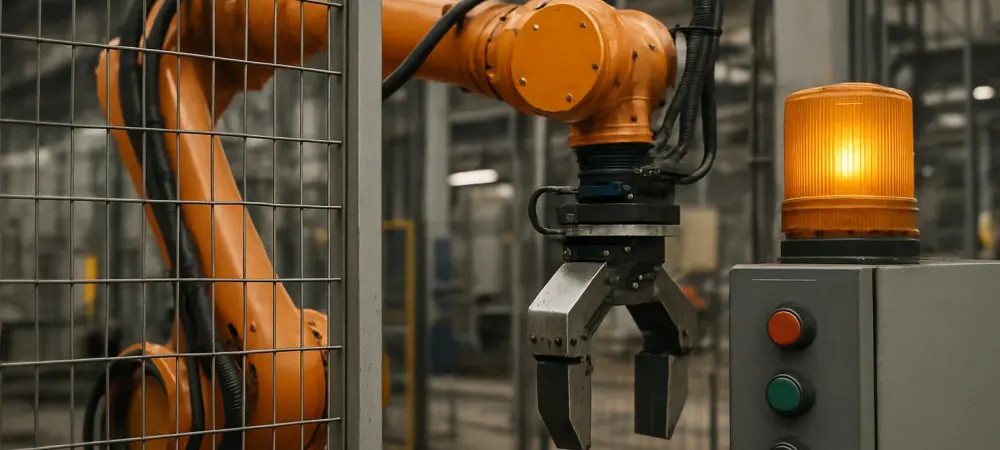
- Robotic Process Automation In IT

- Robotic Process Automation In IT
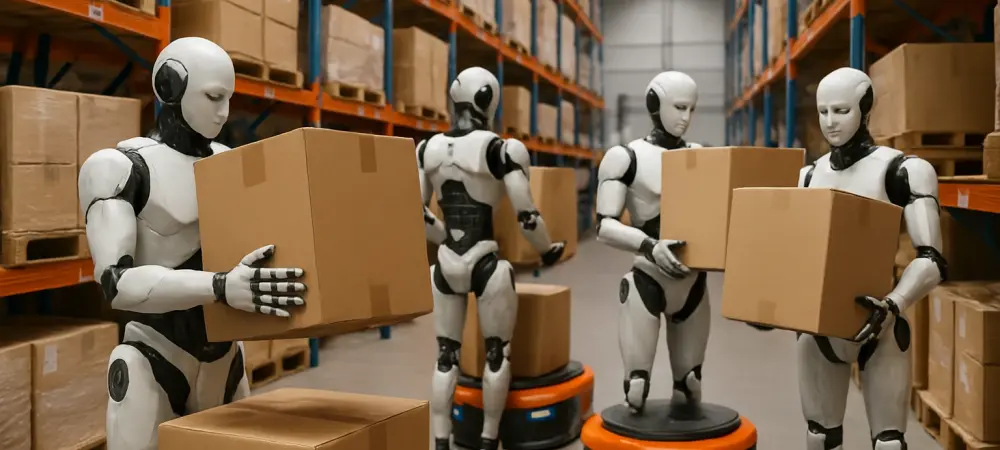
- Robotic Process Automation In IT

- Robotic Process Automation In IT
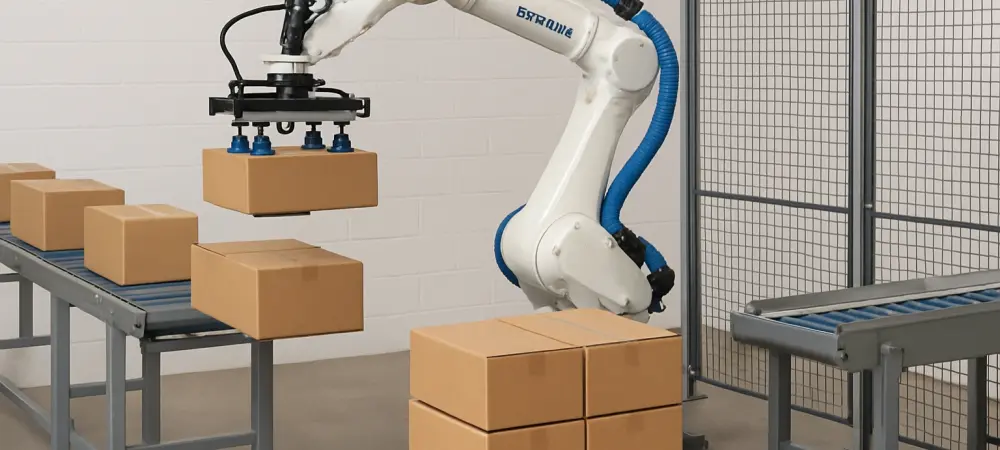
- Robotic Process Automation In IT

In today’s fast-paced marketplace, businesses face an unrelenting challenge: keeping customers satisfied when expectations for speed and personalization skyrocket daily, and failure to meet these demands can lead to significant consequences. Picture a retail giant swamped during a holiday sale,
Deeper Sections Await
- Robotic Process Automation In IT

Imagine a world where machines perform mundane tasks with precise accuracy, allowing humans to focus on creative and strategic endeavors; this vision is rapidly becoming a reality due to the transformative impact of intelligent automation (IA) on global employment. The
- Robotic Process Automation In IT

The future of Robotic Process Automation (RPA) is bright, particularly when integrated with Artificial Intelligence (AI). This integration enhances RPA’s capabilities from automating simple, repetitive tasks to enabling comprehensive end-to-end automation. As businesses increasingly adopt automation, they seek smarter and
Browse Different Divisions
- Robotic Process Automation In IT

Imagine a world where machines perform mundane tasks with precise accuracy, allowing humans to focus on creative and strategic endeavors; this vision is rapidly becoming a reality due to the transformative impact of intelligent automation (IA) on global employment. The
- Robotic Process Automation In IT

The landscape of automation technology is undergoing a significant transformation. Historically, Robotic Process Automation (RPA) has been the go-to solution for automating repetitive tasks within organizations. However, the advent of Artificial Intelligence (AI) is ushering in a new era of
- Robotic Process Automation In IT

Imagine a bustling office environment where employees are inundated with repetitive, mundane tasks that leave little room for creativity or strategic thinking. These routine tasks, while essential, often lead to employee burnout and operational inefficiencies. Traditional Robotic Process Automation (RPA)
- Robotic Process Automation In IT

The landscape of automation is undergoing a significant transformation with the introduction of Claude 3.5 Sonnet’s AI-powered computer use. This groundbreaking feature is poised to redefine Robotic Process Automation (RPA) by making AI more intelligent, autonomous, and capable of handling
- Robotic Process Automation In IT
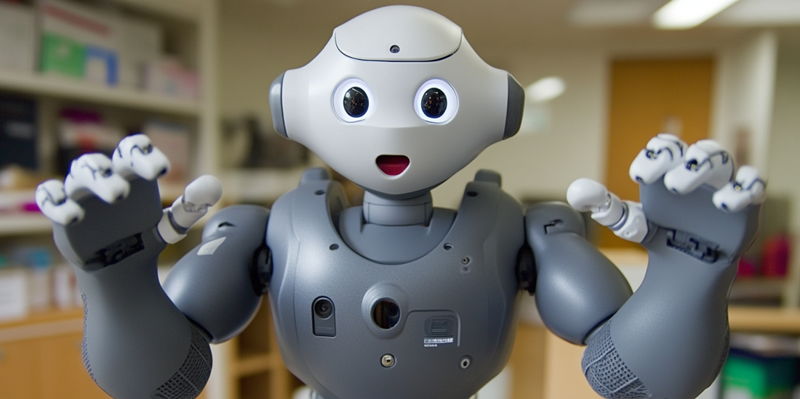
Imagine a world where software systems can autonomously learn and improve their functionality based on the data they process. This vision is increasingly becoming a reality with Learning-Aided Machine Robotic Process Automation (LAM RPA), a groundbreaking advancement blending machine learning
- Robotic Process Automation In IT

The future of Robotic Process Automation (RPA) is bright, particularly when integrated with Artificial Intelligence (AI). This integration enhances RPA’s capabilities from automating simple, repetitive tasks to enabling comprehensive end-to-end automation. As businesses increasingly adopt automation, they seek smarter and
Browse Different Divisions
Popular Stories
- Robotic Process Automation In IT
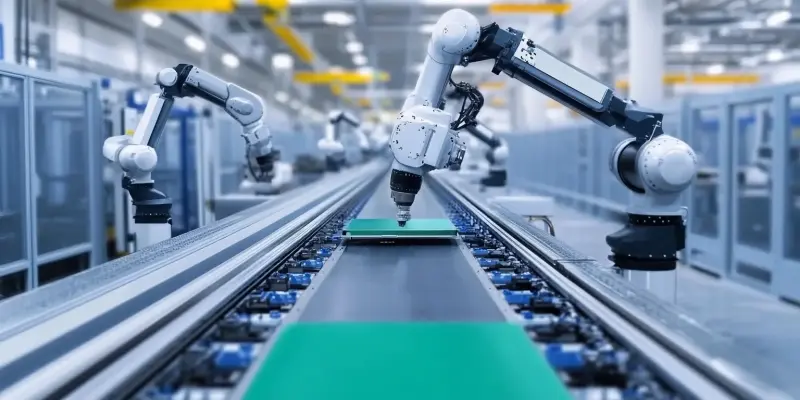
- Robotic Process Automation In IT
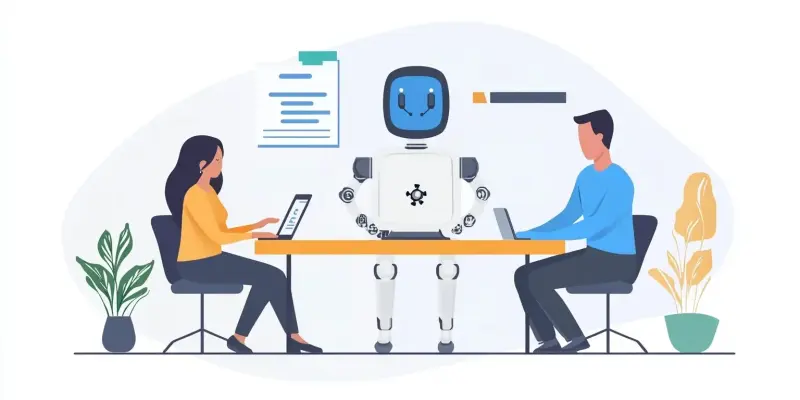
- Robotic Process Automation In IT

- Robotic Process Automation In IT

- Robotic Process Automation In IT

- Robotic Process Automation In IT

Uncover What’s Next

